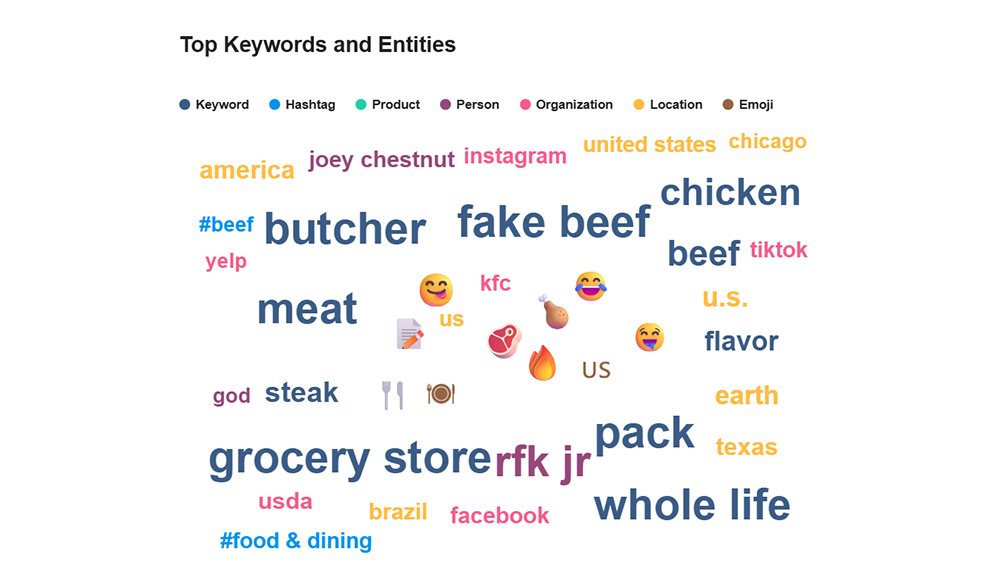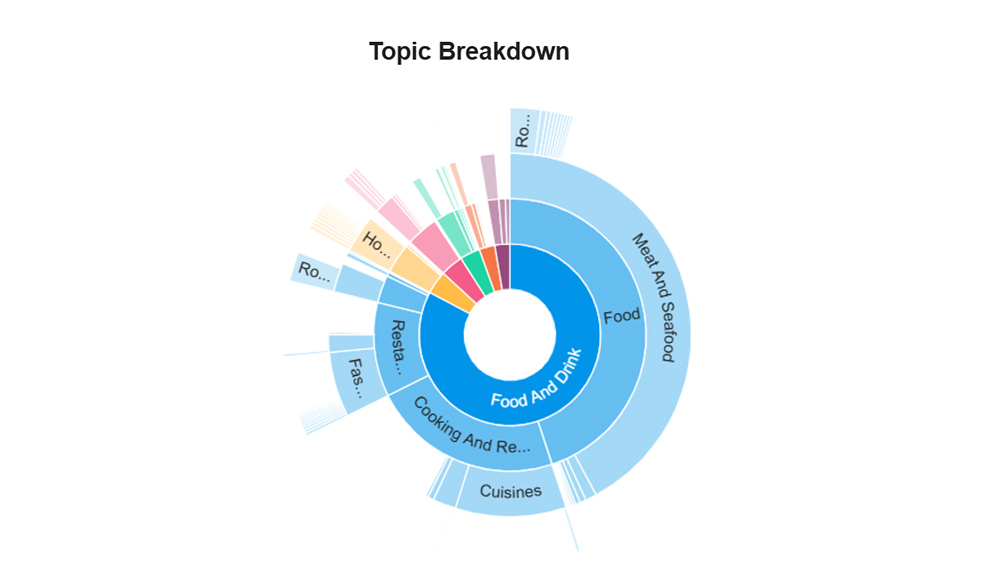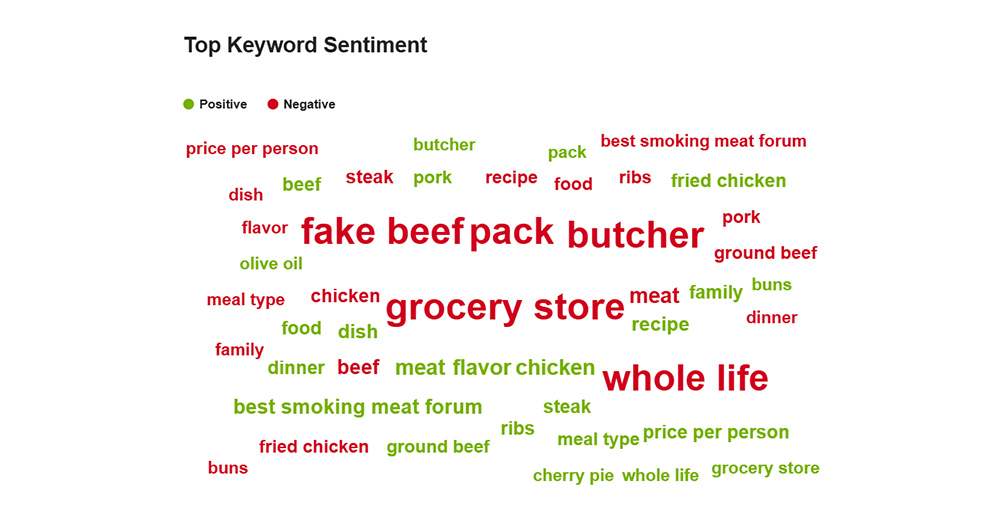
The Fourth of July lights up more than grills. It lights up social media. As people post photos of hot dogs, brisket, and backyard BBQs, they’re also sharing opinions, preferences, and values in real time. For brands, these conversations aren’t just noise – they’re a rich source of insight.
With the right social listening tools, marketers can track trending topics, gauge sentiment, and uncover what customers really care about. From beef prices to grilling tips to plant-based debates, these insights help shape better content and campaigns. Not just for July 4th, but all summer.
So what were people talking about this year? Don’t worry – we already know!
Social listening shows key hot-button topics this season: rising beef prices, grilling techniques, and debates over favorite meats like steak, ribs, burgers, and chicken. Consumers are swapping tips, airing frustrations, and sharing personal preferences, giving brands a window into what matters most at the grill.

Meat wasn’t just at the center of the plate during the holiday weekend – it dominated online conversations. The word cloud reveals high-frequency keywords and entities pulled from around July 4th meat-related conversations. The larger the keyword, the more dominant the topic.
Phrases like “fake beef,” “chicken,” “butcher,” and “grocery store” show a mix of traditional meat, plant-based alternatives, and where people are buying. Seeing public figures, locations, and organizations mentioned shows that meat isn’t just a food topic – it’s political, social, and deeply tied to national narratives.
For brands, this is a goldmine. Real-time social listening helps decode these signals into strategic insight – what’s trending, what’s polarizing, and where there’s opportunity to connect.
 To summarize it, we’re able to pull a topic breakdown to see where the focus is for the majority of these mentions. Unsurprisingly, the main focus is around ”Food and Drink” and more specifically ”Meat and Seafood”.
To summarize it, we’re able to pull a topic breakdown to see where the focus is for the majority of these mentions. Unsurprisingly, the main focus is around ”Food and Drink” and more specifically ”Meat and Seafood”.
You can click into each topic to explore real-time conversations. Curious where your brand fits into the mix? We just add it to our social listening query.
But what about emotion? How do we know if a conversation is positive or negative?
Sentiment analysis in social listening reveals how people feel about a topic – not just what they’re saying. It captures the emotional tone behind posts, showing whether conversations are positive, negative, or neutral. This helps brands quickly gauge public reaction, spot potential issues, and identify moments worth amplifying.
Remember that word cloud from earlier? We can also map those topics directly to sentiment. Showing not just what people are talking about, but how they feel about it. This adds valuable context to trending terms, helping brands understand which topics spark excitement, frustration, or mixed emotions.

Positive mentions focus on favorite cuts like ribeye, tomahawk, and porterhouse, along with detailed posts about meal prep and pairings. Alternatively, negative mentions highlight concerns about beef prices, animal cruelty, and the ethics of meat consumption, including growing interest in lab-grown alternatives.
So what did we at Midan do with this data?
We used social listening around the Fourth of July to uncover actionable insights for our clients. These conversations help inform everything from campaign messaging to promotional timing and content strategy. By identifying what matters most to consumers, we’re helping clients respond with relevance and stay ahead of shifting trends throughout the grilling season.
With social listening, brands don’t have to guess – they know exactly what’s being said. That means jumping into conversations while they’re happening, responding to feedback, and amplifying mentions with positive sentiment. Whether it’s launching timely promotions, creating relevant content, or simply showing up with the right tone, social listening gives brands the edge to be integrated in the moment.
That’s the power of social listening: staying relevant, responsive, and ahead of the curve. Especially during high-volume moments like July 4th.
